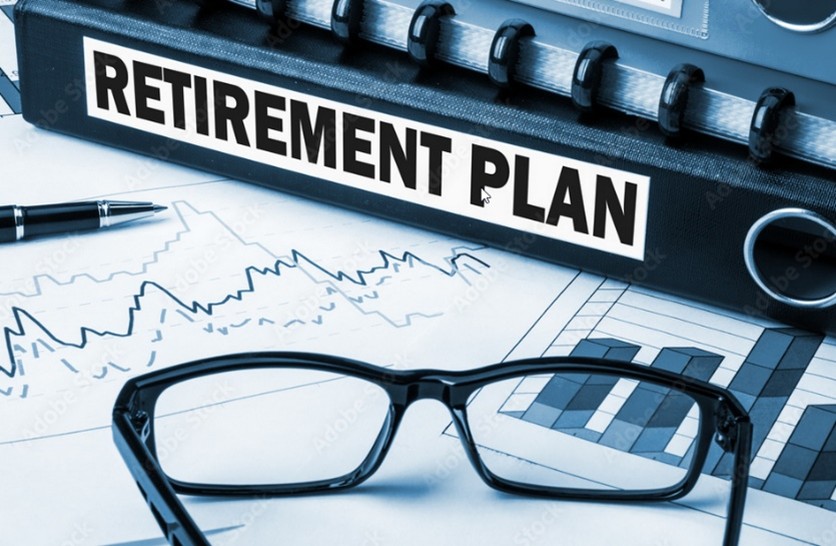Financial Literacy Standards
6. The Importance of Planning for Retirement
Retirement marks a time in your life when you stop working, usually because of your age or perhaps simply due to personal preference. At this point, you will need to depend on savings, pensions, or various types of income to maintain your lifestyle. Developing a retirement plan will help you guarantee that you do not outlive your financial resources.

Section 1: Why Planning and Saving for Retirement is Important
A. Costs You Will Have in Retirement
- Living Expenses - Living expenses may include housing, food, utilities, transportation, clothing, health care and other necessities.
- Health Care - As you get older, you might need more medical care and supplies. This can include insurance, medicine and various types of medical treatments.
- Long-Term Care - Long-term care refers to a wide range of services that help individuals with disabilities or chronic illnesses for an extended period of time. Other expenses to take into consideration might be home care services, assisted living facilities or nursing homes.
Understanding these expenses will enable you to save enough funds to enjoy a comfortable lifestyle in your later years.
B. How Saving and Investing Makes a Difference
Saving and investing for retirement at different stages of life can significantly affect your financial security and the quality of your retirement.
- Starting Young - At an early age, start developing sound financial habits like budgeting, saving and debt management. By initiating saving and investing early in life, your funds will have the opportunity to grow over time.
- Mid-Life – Starting early is ideal, but mid-life can still offer you the opportunity to build a retirement nest egg. Try increasing your contributions to tax-advantaged accounts such as 401(k)s and IRAs (Individual Retirement Accounts). Make sure your investments are benefiting from compound interest.
- Late Life - If you start saving and investing later in life, you'll have to save more aggressively and choose investments that will provide you with desirable returns. A well-funded retirement allows for more choices and flexibility during your non-working years.
Section 2: Various Methods to Secure Funds for Retirement
A. Government and Employer-Sponsored Retirement Plans
Both government entities and employer-sponsored organizations offer a range of retirement plans to help their employees save for the future. These plans often include tax benefits that make them appealing options for retirement savings. A few of the different plans are outlined below.
- Social Security – Social Security is a U.S. government program that provides money to those in retirement based on how much they've earned in their lifetime. These benefits are a form of insurance created to help people maintain income when they are no longer able to work. As a retiree, you can take advantage of Social Security benefits beginning at age 62. Disabled individuals, survivors or dependents of deceased workers may also qualify for funding through this program.
- 401(k) Account – A 401(k) is a retirement savings plan offered by employers that allow you to save and invest part of your salary in the plan before taxes are taken out. Many employers match your contributions up to a certain amount. This is essentially free money. Your 401(k) money is invested in accounts such as mutual funds, or company stock.
B. Personal Investments
When planning for retirement, personal investments are essential in supplementing Social Security benefits or 401(k) savings plans. The options presented below will help you build a solid retirement portfolio.
- IRA (Individual Retirement Account) – An IRA is a tax-advantaged investment account created to help you save for your retirement. There are two types of IRAs:
- Traditional IRAs – Contributions to these accounts may be tax-deductible, and they grow tax-deferred.
- Roth IRAs – Contributions to Roth IRAs are made with after-tax income and these investments grow tax-free.
- Real Estate - Owning commercial or residential property generates rental income and can gain value over time. Real estate can serve as a way to build your wealth for retirement.
- Stocks and Bonds: Stocks and bonds are the most common types of personal investments, especially when your long-term goal is retirement.
- Stocks – When you buy a stock, you’re buying a piece of a business. You earn income from the profits paid to other shareholders.
- Bonds – Bonds are considered money that you loan to companies when you purchase a bond. The companies pay you interest on this money and then return your principal loaned at the end of the term.
Investing in a mix of stocks and bonds can help your money grow over time.
C. Retirement for Entrepreneurs and Self-Employed Individuals
If you are a business owner or self-employed, it is essential to prepare for your own retirement. Individuals who are self-employed do not have the benefit of company pension plans or 401(k) matching contributions from an employer. While government benefits such as Social Security may be accessible, they are not designed to completely substitute for income, as self-employed individuals have not contributed to the system. These options could serve as a beneficial means to supplement retirement if you are a business owner.
- Solo 401(k) - These plans are for those who work for themselves. Solo 401(k)s offer high contribution limits and strong tax advantages, making them a preferable retirement tool.
- SEP IRA (Simplified Employee Pension) – A SEP IRA is a retirement plan for self-employed individuals. It offers high contribution limits and allows the owner to make tax-deductible contributions. These IRAs can be used for business owners and their employees.
- Roth IRAs – Roth IRAs offer impressive benefits for self-employed individuals to build a strong retirement. This plan also offers tax-free growth and withdrawals.
- Personal Savings and Investments - If you work for yourself, saving and investing isn’t just important — it’s essential!
Preparing for retirement and setting aside funds is crucial. Consider the expenses you will face and begin saving and investing early, while exploring the different methods available to generate income for your retirement. By taking these steps, you can ensure that you’ll have sufficient financial resources to enjoy a comfortable lifestyle in your later years.
Take the Quiz!


